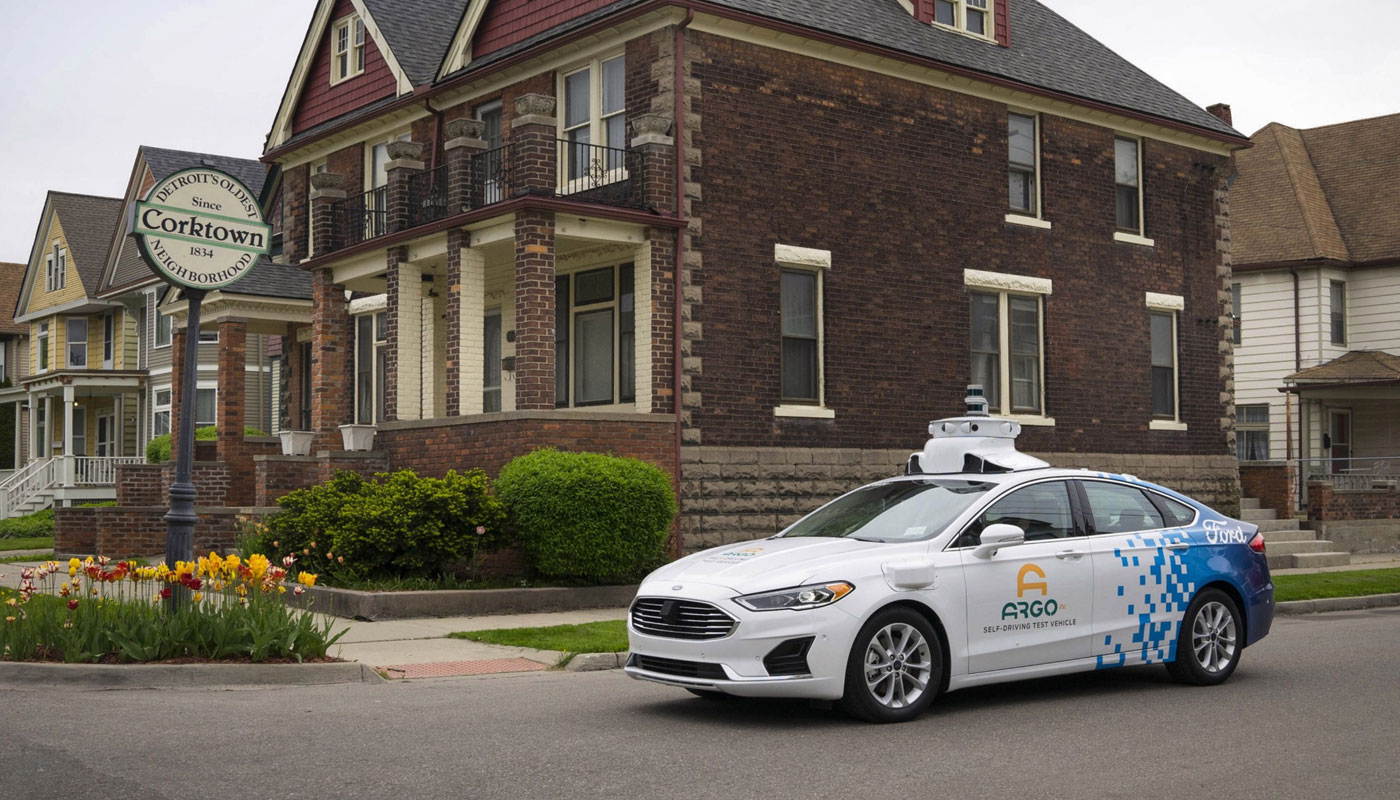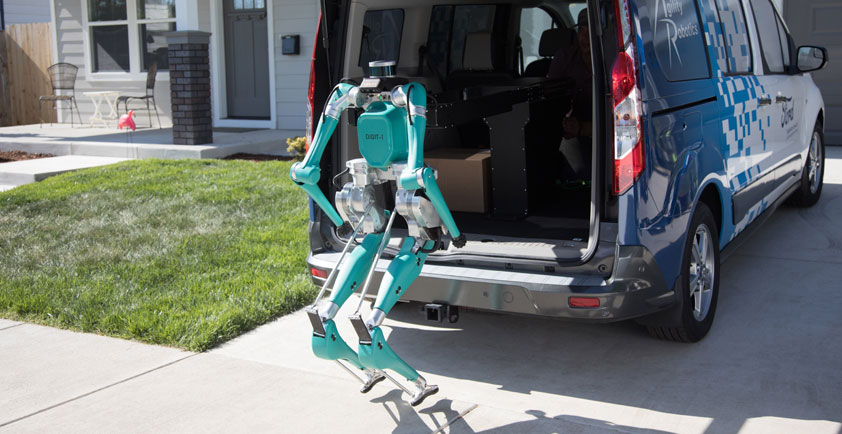

LAUNCHING OUR THIRD-GENERATION SELF-DRIVING TEST VEHICLE IN THE MOTOR CITY
By Peter Rander, President, Argo AI
Earlier this month, I had the chance to visit Detroit and see the Motor City from a new perspective when I stepped into the backseat of one of our self-driving test vehicles. Our new Ford Fusion Hybrid is a third-generation test vehicle that Argo AI is now deploying in collaboration with Ford in all five major cities we’re operating in: Pittsburgh, Palo Alto, Miami, Washington, D.C., and now Detroit — where we’re expanding our testing footprint in Michigan beyond Dearborn.
Riding through the historic Corktown neighborhood and passing Michigan Central Station on our way downtown, I couldn’t help but be struck by this milestone. Almost three decades after I left the automotive industry in Detroit and began researching computer vision and other self-driving technologies at Carnegie Mellon University, here I was back in my old haunt, experiencing our latest creation as it navigated streets and routed itself past new construction projects. A new form of transportation striving to emerge in a city that’s also in the midst of its own stunning transformation.
I grew up in western Michigan and went to college at what’s now the University of Detroit Mercy. My first experience in the automotive industry involved witnessing how new technology was integrated into cars, which inspired me to think about how we could take advantage of even more advanced ideas. With self-driving vehicles, that’s exactly what we’re doing now at Argo, working hand-in-hand with automakers like Ford.
This has never been more apparent to me than with our new, third-generation of test vehicles. They’re not only outfitted with new technology that’s a step closer to production specification, but also modifications that are designed to help ensure they stay safe through a variety of conditions.
Of course, the new cars are equipped with a significantly upgraded sensor suite, including new sets of radar and cameras with higher resolution and higher dynamic range. When trying to see an object that’s very far away, a lower resolution camera may only be able to represent it as a pixel or two. But with higher resolution, you may be able to get a dozen pixels out of the same far away object. In concert with upgraded software, this means our vehicles are getting better at seeing what’s farther ahead and classifying what it is.
Our new test fleet also features a brand-new computing system — one that offers far more processing power than in our previous cars, with improved thermal management systems that generate less heat and noise inside the vehicle. That means a smarter vehicle, but also a quieter, more comfortable ride for anyone inside.
Additionally, we’ve gone to great lengths to help ensure our vehicles can continue operating safely in the event that something unexpected occurs. Our latest development vehicles now feature redundant braking and steering systems that help maintain vehicle motion control in the event one of the units stops functioning. These types of redundant systems are included to help ensure the safe deployment of self-driving vehicles, granting them the ability to detect faults and preserve their ability to safely stop or pull over as needed.


In addition to continuing work in our other test cities, bringing these vehicles to Detroit gives us the opportunity to learn how they operate in yet another environment — one where we have engineering operations in close proximity and where Corktown serves as Ford’s base for self-driving vehicle development. Every city represents a unique opportunity to make our self-driving system smarter because of the exposure to different road infrastructure design, driving behavior and even traffic light placement. The collective knowledge we’re gaining by operating in five very different locales is a big part of the reason why we’re making great progress.
For instance, the Motor City really earns its name by offering an astounding diversity of road types. Unlike Washington, D.C. and its common traffic circles or Pittsburgh and its famous multi-point intersections, Detroit roads don’t have a singular defining feature — the city and its metro area contain all of these and more, with almost every kind of road you can expect to see.
Some Detroit streets are wide and can often have unmarked lanes, presenting our vehicles with the challenge of having to reason through how to navigate while predicting what other drivers may do, so we don’t cause unnecessary congestion. Other residential streets are narrow two-lane roads with cars parked on either side. Combine that with overhanging tree branches, which we don’t often see in other urban environments, and you’ve got a very dynamic situation. Add in pop-up construction that’s occurring all over the city and you’ve got a diverse, condensed training ground that really informs our development efforts.
Just as Detroit enters a new era of revitalization, we are entering a new era for transportation. When I left the city in 1991 to study at Carnegie Mellon — a time when things like “the internet” and “email” were not even household words — the idea of self-driving cars sounded so outlandish that it was dismissed to the realm of fantasy.
Yet serious research on the subject was already being conducted by very smart people long before I came along. I was fortunate to join some of these researchers in their effort, and coming back to Detroit now to see our autonomous cars navigating its streets, I felt an incredible sense of pride and humility. Only by standing on the shoulders of intellectual giants have we been able to get this far. And while we still have a ways to go, I can’t wait to see what the future holds.










